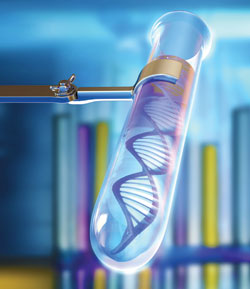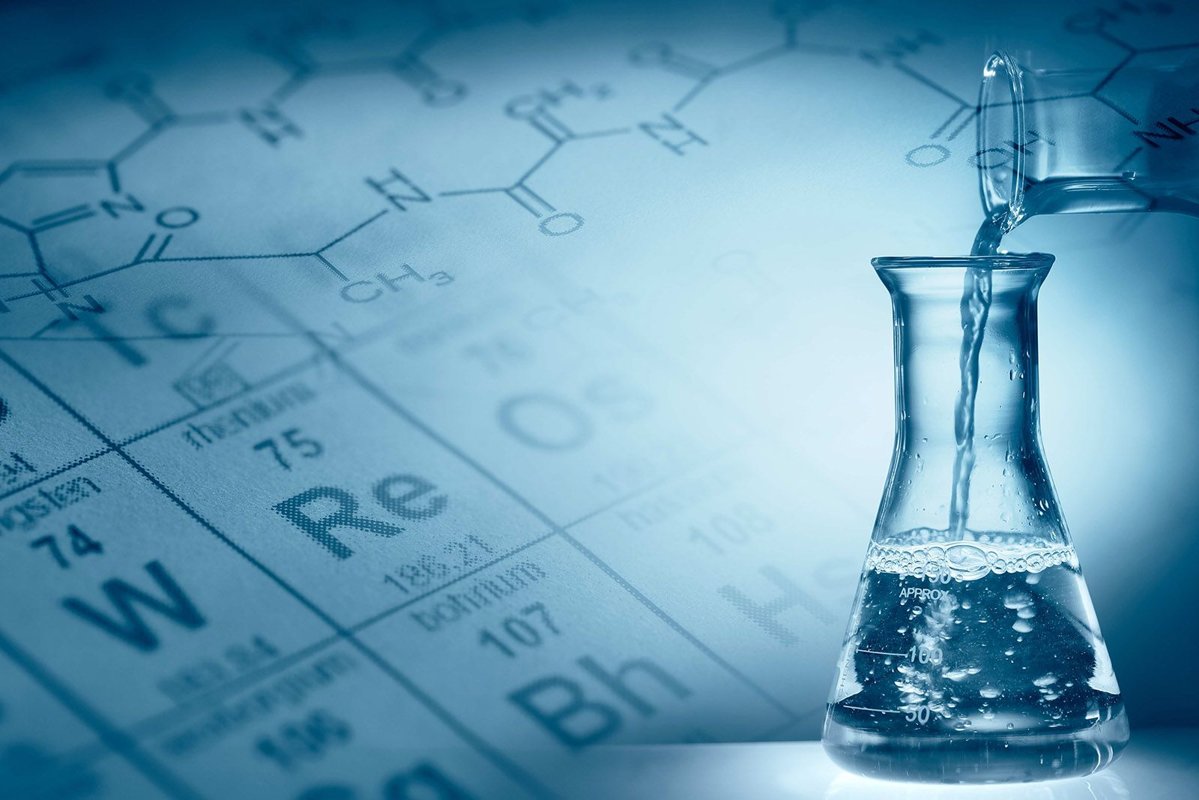Exercise № 1. Write the words and combinations of the words in bold type and translate them.
Exercise № 2. Translate the text into Russian.TRADITIONAL PHARMACEUTICALS OF BIOLOGICAL ORIGIN
A
wide range of pharmaceutical substances are derived from
animal sources. There are many are protein-based and detailed
description of products such as insulin and other polypeptide
hormones, antibody preparations, vaccines, enzymes, etc. (Many
of the therapeutic proteins are now also produced by recombinant DNA
technology.) Non-proteinaceous pharmaceuticals originally derived
from animal sources include steroid (sex) hormones, corticosteroids
and prostaglandins.Most of these substances are now prepared
synthetically.
The vast bulk of early medicinal substances were plant-derived. An estimated 3 billion people worldwide continue to use traditional plant medicines as their primary form of healthcare. At least 25% of all prescription drugs sold in North America contain active substances which were originally isolated from plants (or are modified forms of chemicals originally isolated from plants). Many of these were discovered by a targeted knowledge-based ethnobotanical approach. Researchers simply recorded plant-based medical cures for specific diseases and then analysed the plants for their active ingredients. Plants produce a wide array of bioactive molecules via secondary metabolic pathways. Most of these probably evolved as chemical defence agents against infections or predators. While some medicinal substances continue to be directly extracted from plant material, in many instances plant-derived drugs can now be manufactured, at least in part, by direct chemical synthesis. In addition, chemical modification of many of these plant ‘lead’ drugs have yielded a range of additional therapeutic substances. The bulk of plant-derived medicines can be categorized into a number of chemical families, including alkaloids, flavonoids, terpenes and terpenoids, steroids (e.g. cardiac glycosides), as well as coumarins, quinines, salicylates and xanthines.
Microorganisms
produce a wide variety of secondary metabolites, many of which
display actual or potential therapeutic application.
Antibiotics are by far the most numerous such substances and this
family of pharmaceuticals arguably has had the greatest single
positive impact upon human healthcare in history.Antibiotics
are generally defined as low molecular mass microbial secondary
metabolites which, at low concentrations, inhibit the growth of other
microorganisms. To date, well in excess of 10 000 antibiotic
substances have been isolated and characterized. Overall,
antibiotics are a chemically heterogeneous group of molecules,
although (as described later) many can be classified into different
families based upon similarity of chemical structure.Today
there are in excess of 100 antibiotics available on the market. Due
to the availability of such a wide range, many pharmaceutical
companies cut back or abandoned ongoing antibiotic screening
programmes during the 1980s. However, the emergence of m icrobial
strains resistant to most antibiotics threatens medical
reversion effectively to a pre-antibiotic era. These developments
have rejuvenated interest in discovering new antibiotics and
many pharmaceutical companies have recommenced antibiotic screening programmes.
icrobial
strains resistant to most antibiotics threatens medical
reversion effectively to a pre-antibiotic era. These developments
have rejuvenated interest in discovering new antibiotics and
many pharmaceutical companies have recommenced antibiotic screening programmes.
Most major life form families (microorganisms, plants and animals) have each yielded a host of valuable therapeutic substances. Many pharmaceutical companies and other institutions continue to screen plants and microbes in the hope of disovering yet more such therapeutic agents. However, in recent years, more and more emphasis is being placed upon developing the ‘body’s own drugs’ as commercially produced pharmaceutical substances. Most such drugs are protein-based, and these biopharmaceuticals represent an exciting new family of pharmaceutical products. The number of such drugs gaining approval for general medical use continues to grow, as does their range of therapeutic applications.
Exercise № 3. Fill the second column.
| Drug | Chemical type | Indication | Plant producer |
| Aspirin | Analgesic, anti-inflammatory | Salix alba (white willow tree) and Filipendula ulmaria (meadowsweet) | |
| Atropine | Pupil dilator | Atropa belladonna (deadly nightshade) | |
| Caffeine | Increases mental alertness | Camellia sinensis | |
| Cocaine | Ophthalmic anaesthetic | Erythoxylum coca (coca leaves) | |
| Codeine | Analgesic, cough suppressor | Papaver somniferum (opium poppy) | |
| Dicoumarol | Anti-coagulant | Melilotus officinalis | |
| Digoxin | Increases heart muscle contraction | Digitalis purpurea (purple foxglove) | |
| Digitoxin | Increases heart muscle contraction | Digitalis purpurea | |
| Ipecac | Induces vomiting | Psychotria ipecacuanha | |
| Morphine | Analgesic | Papaver somniferum (opium poppy) | |
| Pseudoephedrine | Clears nasal congestion | Ephedra sinica | |
| Quinine | Malaria | Cinchona pubescens (fever tree) | |
| Reserpine | Antihypertensive (reduces blood pressure) | Rauvolfia serpentina (Indian snakeroot) | |
| Scopalamine | Motion sickness | Datura stramonium (Jimson weed) | |
| Taxol | Ovarian, breast cancer | Taxus brevifolia (western yew tree) | |
| Theophylline | Anti-asthmatic, diuretic | Camellia sinensis | |
| Vinblastine | Hodgkin’s disease | Catharanthus roseus (rosy periwinkle) | |
| Vincristine | Leukaemia | Catharanthus roseus |